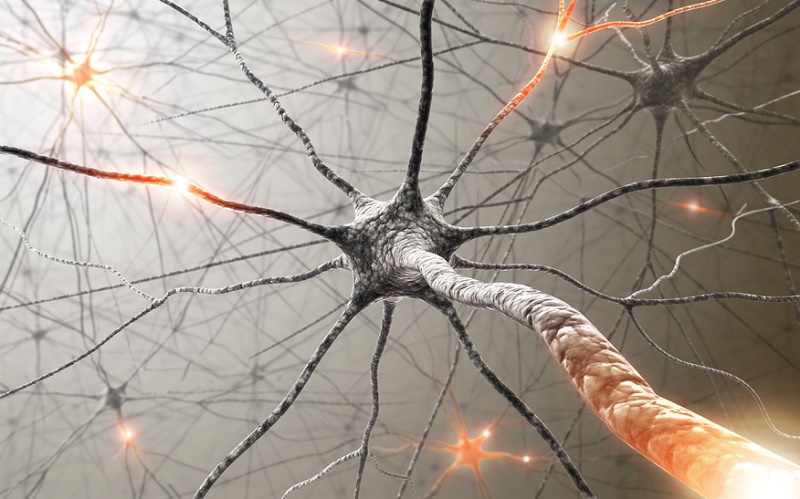Have you ever wondered what in the world is going through the mind of people in conflict as they battle things out in front of you?
In this fascinating presentation on “
Brain Whispering: the neurosciences of mediation,” Sarah Peyton with
Empathy Brain, led us through the inner workings of the brain as people seek to resolve their issues.
Creative problem-solving happens in the front of your brain in the Pre-Frontal Cortex (PFC). The right hemisphere picks up on social cues and is able to generate emotions such as empathy, while the left hemisphere looks for solutions. However when people are in conflict with each other, the PFC stops working and the brain’s energy is drawn to different parts of the brain.
The Anterior Cingulate Cortex (ACC) is the area of the brain that re-stimulates itself with unfinished business, like a hamster wheel that re-runs situations over and over again. It is also the part of the brain that lets us have a “gut feeling” when something is wrong and is responsible for the humor of social errors. The ACC’ role is to assess events for meaning, congruence, and salience. It is awakened by social emotions, such as shame, envy and jealousies, and is unable to accept that there isn’t a solution, so it is constantly replaying events trying to find that remedy. If it can’t connect things, it will try a different strategy and sends the problem down to the amygdala, in the back of the brain.
The intensity of the amygdala’s reaction determines if it pulls the fire alarm. During intensely emotional situations, it will seize the brain’s available fuel sometimes sending us into a flashback state, reverting to past events as if they were occurring today, oblivious that time has since elapsed. In this state of tunnel vision, the amygdala can even trigger a physical reaction by activating the Vagus nerve, which runs along our spinal cord and connects with our viscera, our internal organs. This can trigger our body’s fight, fright or flight response as a coping mechanism to stress. The person can lose the capacity to decode the nuances of speech and the ability to read facial expressions in the other party’s face. Unable to decode facial muscles, a person in a highly emotional state can read hostility on a neutral face, misinterpreting reactions from the other side, which can explain a lack of empathy for the other’s position.
For a mediator to be successful, he or she has to get the parties to shift their energy back towards their PFC, the part of our brain that sees others clearly and with compassion, and help the parties quiet their brain long enough so they can hear their PFC. Mediators can do so by creating a supportive environment that enables a person to use its PFC. The mirror neurons in our brain help people synchronize to the mediator’s calm. These neurons help us understand and predict each other’s movements and facial expressions.
The language people use is a map that reveals where they are in their brain: whether shut down and expressing judgement, comparisons, and prejudices or seeking understanding. Showing good eye contact and suitable vocalization is another cue of preparedness for collaboration. To get there, the mediator can describe what they are seeing and invite the other person to see emotions and name body sensations: these are activities that cannot happen in the amygdala. When trauma is detected, solutions must take into account future re-stimulation.
Parties in conflict come to us out-of-balance and in a state of dis-regulation and it is our job to help them achieve a state of connectedness so collaboration can occur.

